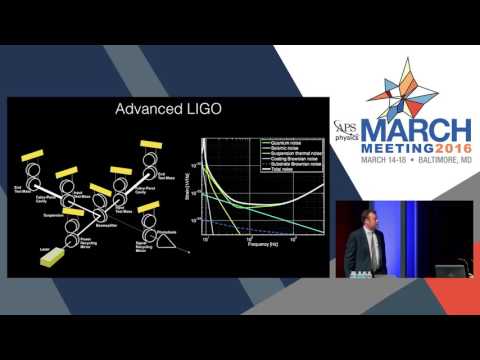Description:
Explore the groundbreaking discovery of gravitational waves from a binary black hole merger in this 42-minute lecture by Duncan Brown at the APS March Meeting 2016. Delve into the details of the first direct detection of gravitational waves by the Laser Interferometer Gravitational-Wave Observatory (LIGO) on September 14, 2015. Learn about the physics behind gravitational waves, the experimental challenges faced by LIGO, and the advanced technology used in the detectors. Understand the signal processing techniques and parameter estimation methods employed to analyze the observed waveform. Discover the implications of this historic observation for the field of gravitational-wave astronomy and explore future prospects, including the detection of binary neutron star mergers. Gain insights into the collaborative effort behind this monumental achievement and its significance in confirming Einstein's theory of general relativity.

The Observation of Gravitational Waves from a Binary Black Hole Merger
Add to list
#Conference Talks
#APS Physics
#Engineering
#Electrical Engineering
#Signal Processing
#Science
#Astronomy
#Astrophysics
#Mathematics
#Statistics & Probability
#Parameter Estimation
#Cosmology
#Gravitational Waves
#Numerical Analysis
#Numerical Simulations
#Gravitational Wave Astronomy